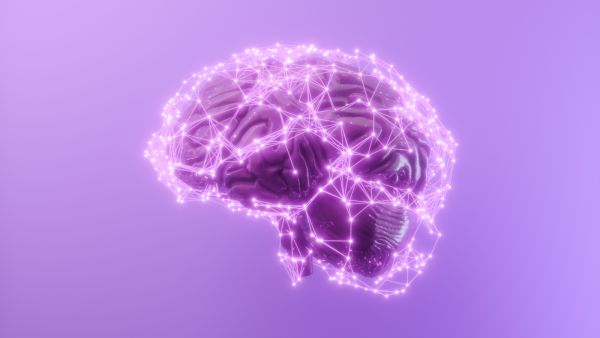
People can lead normal lives with atypical brain structures, but some elements are necessary. (Photo credit: flyparade via Getty Images)
You may have heard the myth that people only use 10% of their brain. This is clearly false—most people use their entire brain all the time. However, for those who have suffered strokes, traumatic brain injuries, or brain resections, the situation is more complex. In fact, many of these cases show that a person does not need 100% of their brain to survive or even function normally.
So which part of the brain is essential for survival?
Neuroscientists continue to research this question, and there is probably no definitive answer. How a person recovers from brain damage—or even when they are missing part of their brain—can depend on a variety of factors, such as the area of the brain affected, the cause and mechanism of the injury, and the age at which the injury occurred. But how much of the brain you can live without and still function normally may surprise you.
Normal life with an atypical brain
Consider the case of EG, a woman who uses her initials to ensure privacy. When EG underwent an unrelated medical examination, she was found to be missing her entire left temporal lobe, a large part of the brain near the ear that is responsible for hearing, memory, and language. Doctors believe the abnormality was caused by a cyst (a fluid sac) that developed in early childhood and caused brain damage.
Despite missing a significant portion of her brain, EG was able to live a completely normal life. Although the left temporal lobe contains some of the brain's most important language centers, she could read without difficulty, had an above-average vocabulary, and even spoke Russian fluently as a second language.
Evelina Fedorenko, an associate professor of brain and cognitive science at MIT, found that EG’s brain had adapted to compensate for the area’s absence. While language-related tasks activate the left temporal lobe in people with normal brains, EG’s language neural activity shifted to the right side of the brain.
Life with half a brain
The brain is so flexible that some people can live without half its volume. Dr. William Bingaman, a neurosurgeon at the Cleveland Clinic, has performed more than 500 hemispherectomies — surgeries that shut down one side of the brain. Hemispherectomies are usually used for severe cases of epilepsy that don’t respond to other treatments.
In this procedure, surgeons disconnect the nerve fibers that connect one half of the brain to the other and to the rest of the body, which functionally stops that side of the brain from working. The disconnected half is left in place because removing it requires a riskier operation with more potential complications.
Recovery from such surgeries can be difficult, but many patients regain function. One of Bingaman’s patients, Maura Lieb, had up to 50 seizures a day as an infant. She quickly became a candidate for a hemispherectomy, and after the surgery at age 9 months, she had to relearn basic skills.
Maura had to relearn how to smile and roll over, and her recovery was slow. However, with the help of therapists, she was able to develop her speech and motor skills. Now a teenager, Maura is still slow to speak and process language, but it is clear that the remaining part of her brain has taken over the functions of the lost side.
Bingaman noted that although the surgery itself is not complicated, doctors still do not understand how their patients are able to recover so successfully.
“I’ve had patients who’ve had hemispherectomy who’ve gone to college, started families, had kids, and are completely cognitively normal on one side of their brain,” Bingaman said. “How is that possible? We don’t understand it.”
Sourse: www.livescience.com





